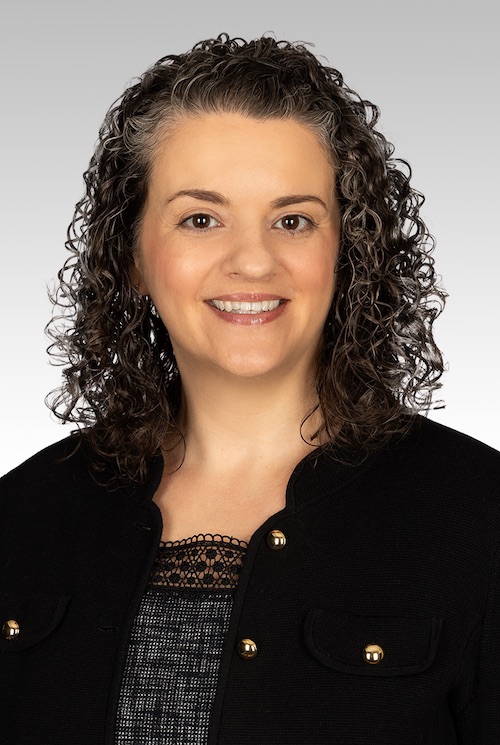The following article originally appeared in an issue of Planning Partners Press, a free newsletter provided courtesy of Carolina Family Estate Planning to Triangle-area financial professionals.
Do you have a client with large income this year? The current low-interest rate environment is creating an opportunity for clients with charitable desires to “have their cake and eat it too” with Charitable Lead Annuity Trusts (CLAT).
In a CLAT, the client makes a transfer to a trust, the trustee then makes annual payments to a charity for a fixed number of years. After those years are up, what ever is left in the trust can go to the client’s family.
If the trust is set up as a Grantor CLAT, the client can take a charitable contribution deduction for a portion of the amount transferred to the trust. The deductible amount is the present value of the annual payments to charity. The current (November 2011) interest rate for the present value calculation is 1.4%. The CLAT is a grantor trust, so the client will be paying the income tax on any trust income in during the charitable distribution term with no reimbursement from the trust.
What does this mean in real-life terms? A Grantor CLAT with 15 annual payments of 4% of the amount transferred will result in a charitable deduction of 53.78% of the amount transferred.
A client could receive a $53,780.00 charitable deduction for $100,000.00 transferred to a trust with a $4,000.00 annual distribution to charity for 15 years. And at the end of the 15 years whatever is left in the trust can either come back to the client or go to the client’s children.
So, if the trustee can get 4% or better per year annual growth on the trust, $100,000.00, or more, will come back to the children. And the value of that gift to the children (for gift tax purposes) is $46,220. So this also presents an opportunity to leverage gifting to children.
If the annual charity payments go to a donor advised fund, the trust does not have to be locked into one charity. The client can use the donor advised fund to direct payments to different charities, when the client sees fit.
As the client’s trusted advisor, you could have an opportunity to partner with a local Community Foundation that has a donor advised fund. This could be a “win” for the client, the advisor, the local Community Foundation, and the communities where you all live and work.
This is a brief overview of the Grantor CLAT. If you have a client who might benefit from this strategy, you should get them together with a knowledgeable estate planning attorney who can confirm the numbers we have presented here, and who can help your client determine if it fits their particular situation.

